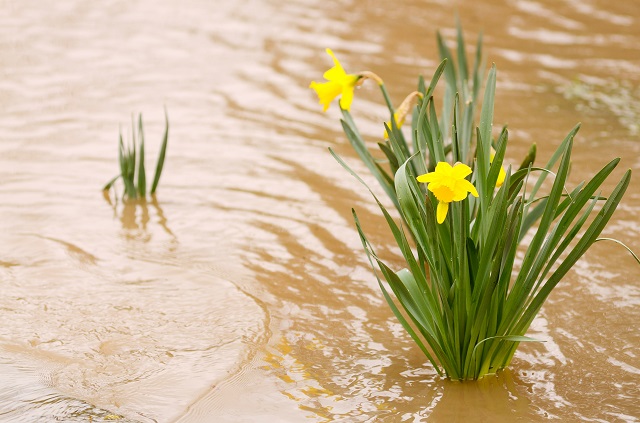
Flooding is the number one natural disaster in the United States, according to the Federal Emergency Management Agency (FEMA). With more than $3 billion in flood insurance claims each year, it’s no wonder that your land is more vulnerable to flood damage than ever before. From a strong downpour to a broken levee, flooding can have damaging consequences for your home. That’s why it’s important to plan, prepare and practice flood solutions.
If it seems like flooding makes the news more often these days, you’re not imagining it. In the past five years, all 50 states have experienced flooding in some form. As a result, homeowners should focus on creating landscapes that are more resistant to floods, flash flooding and the water damage that comes with these disasters.
From simple, do-it-yourself projects to designs created by professional landscaping services, you can take steps right now to mitigate the damage from a flood, which could save you thousands of dollars after the next overflow. This guide gives several beginner backyard flooding solutions to flood-proof your landscape:
- Controlling & Redirecting Water Runoff
- Planting Techniques to Protect Your Property
- Installing Drainable & Porous Surfaces
Ideas for Controlling or Redirecting Water Runoff
Without plants or spongy surfaces to soak up water, rain quickly runs across lawns and landscaping. As a result, the water simply runs off, carrying pesticides and sediment and often polluting water sources, along with causing flooding to your property. Flooding can cost homeowners more than major damage, but you also might rack up city and county fines as well. That’s why it’s important — both economically and ecologically — for homeowners to understand their options for controlling and redirecting water. A few solutions to prevent backyard flooding include:
- Swales: A swale is any dip in a landscape that routes water drainage where you choose. This can be a small channel that you dig and shape, or you can take advantage of a natural depression or ditch that occurs on your property. You can slow the water’s flow to the drain by adding rocks to the lowest points in the swale and deep-rooting plants on the slopes. Keep in mind that swales do not halt but redirect the flow, so make sure the endpoint is somewhere planned and safe. Consider having your swale release excess water into a dry well or a garden with plants that need frequent watering. Never direct a swale to dump water at a location outside of your property.
- Plant a rain garden: A rain garden can redirect water and be the place where water is redirected to. Designed to hold water during rain events, rain gardens allow water to soak into the ground within 24 hours. If heavy rains tend to flood your basement or porch, planting a rain garden can help catch the water that might otherwise run off into these areas. You’ll want to make sure to plant the garden at least 10 feet away from your foundation so you don’t accidentally make the flooding worse. Use plants local and natural to your area, as they are more likely to thrive in your climate. So, minimal watering is necessary between rains. Make sure plants with the deepest roots and the highest wet-soil tolerance are in the center, while those at the edge handle quick drainage. You’ll want to be intentional when deciding the size of your rain garden.
- Divert rain spouts: You’ll want to use downspouts to redirect water from gutters and other areas that collect standing water. Using a diverter will help prevent pools of water from collecting next to the walls. Homeowners can purchase rain spout diverters from a hardware store for as a little as $5, and their simple installation makes them an ideal DIY project. Consider adding gutter covers to prevent puddles caused by gutter debris and blockage.
- Building up barriers: If flooding enters your property from a hill or slope, building up grass and natural barriers can help reduce damage from flooding. Grass barriers can not only protect your property but can also redirect water to areas with plants that are more water-tolerant.
Planting Techniques to Protect Your Property
Planting the right kind of vegetation can help filter water — along with the debris that often comes with flooding. If your property is next to a creek or stream, lining the area most likely to experience runoff with trees and shrubs will help absorb runoff. Picking species with deep roots — like dogwoods and ninebark — will also help prevent erosion of the shore and embankment. Here are some other plant and landscaping techniques you should consider:
- Choosing native plants that do not need frequent watering between rainfalls.
- Avoiding placing plants with roots that grow above ground.
- Planting trees and shrubs that can live with their roots submerged for extended periods of time.
- Diversifying the species of plants you use to absorb excess H20.
- Committing to clearing dead and dry plant material.
- Choosing plants with a high water tolerance.
- Abstaining from cutting your lawn too short and mowing within three feet of stream and creek banks.
- Removing dams and clearing debris in areas that would encourage water build-up.
- Testing soil composition and planting grass that allows for richer absorption and better drainage.
When designing a flood-proof landscape, be mindful of waterlogging. When moisture doesn’t drain, or the area is susceptible to frequent floods, the oxygen that plants need to survive may become limited. Consider using raised beds to help mitigate waterlogging damage due to flooding.
Being intentional about how you lay out your landscaping and the varieties of plants you use in your gardens will make a significant impact in your flood-proofing plan. If you have a large property or live in an area prone to flooding, consider contacting a landscape architect or surveyor when it comes to tackling large-scale projects.
Installing Permeable Paving & Porous Surfaces
Utilizing porous surfaces and substances that soak up water in areas of high flooding can play an important role in designing a flood-proof property. Start by using heavier mulch in your gardens, flower beds and lining walkways. Water can carry away lightweight mulch, making clean up a challenge while also clogging drains. In addition to mulch, other drainable and porous surface solutions include:
- Draining driveways: Driveways are one of the largest contributors to rainwater runoff. To address this common issue of flooding, homeowners should consider adding drainage on each side of the pavement.
- Gravel driveways: A more effective solution for flood-proofing is to sidestep asphalt or concrete driveways altogether, and instead opt for gravel, spaced paving or even simply grass.
- Brick walkways: Leaving gaps between the bricks and rocks you use to create paths and walkways can create a porous surface for flood-proofing.
Permeable paving has many benefits. Not only can this technique help with diverting water, but it can also help improve groundwater supply. Using plastic mats with cells and permeable paving grids can also be a quick and easy DIY project.
There are plenty of other things that you can do to reduce runoff from damaging your foundation and home such as building a retaining wall or installing a pond where you can safely redirect rain.
When it comes to creating a flood-proof landscape, it’s important to remember that floods can be both predictable and unpredictable. The most valuable tool is a homeowner’s ability to recognize flood-risk conditions.
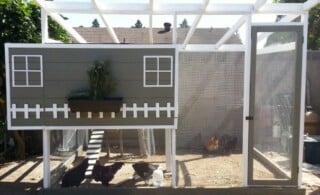 Raising Chickens at Home
Raising Chickens at Home 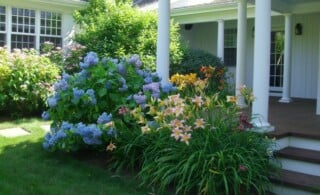 Spring Garden Flower Tips and Suggestions
Spring Garden Flower Tips and Suggestions 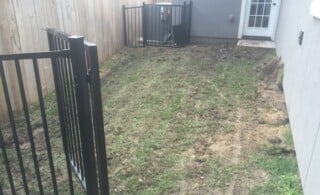 Plan Ahead for a Better Yard
Plan Ahead for a Better Yard 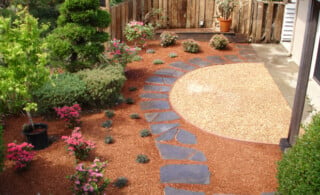 Dry Well Cleaning & Maintenance Tips
Dry Well Cleaning & Maintenance Tips 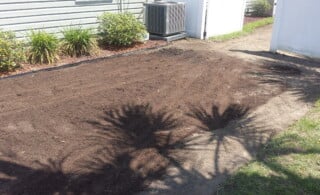 Soil Engineers & Testing
Soil Engineers & Testing 

Are You Familiar With This Topic? Share Your Experience.